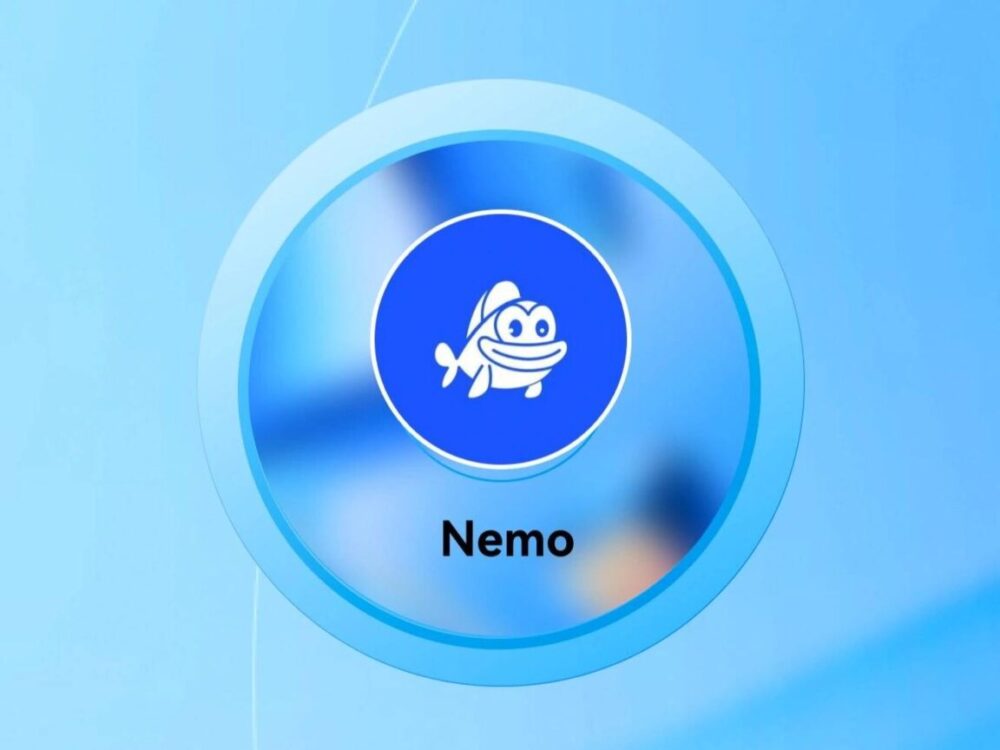Nemo Protocol, the Sui-based yield-trading platform recently hit by a $2.6 million exploit, has rolled out a debt token compensation plan for affected users.
The initiative centers on issuing NEOM tokens that mirror individual losses in USD terms, with the platform pledging to make all users whole over time.
Compensation framework and user options
In a blog post on Sunday, Nemo said direct USD reimbursements are not possible due to limited reserves, leading to the adoption of the debt token model.
Loss calculations are tied to an on-chain snapshot taken when the platform was paused after the attack.
The recovery process follows three defined steps. First, users can migrate their residual balances from compromised pools into new, audited, and multi-party managed contracts.
During this migration, users receive NEOM tokens equal to their documented losses.
Holders then face two choices. They can exit immediately via an automated market maker pool or hold their tokens while waiting for funds to be recovered.
To support this, Nemo plans to launch an initial liquidity pool pairing NEOM with USDC on a major Sui decentralized exchange.
This pool aims to create an instant market-based exit option, letting users decide between liquidity or patience.
Nemo also confirmed that all recovered funds from the attack will flow into a multi-party redemption pool, where NEOM holders can make proportional claims.
A portion of external liquidity loans and strategic investments will also be directed into this pool to provide liquidity support.
NEOM tokenomics and transparency commitments
NEOM tokens, short for “New Future,” will be minted at a ratio of 1 NEOM for every $1 of confirmed user loss.
The tokens will be airdropped directly into wallets of all affected accounts based on the pre-hack snapshot.
The platform outlined a multi-tiered “Redemption Waterfall Model” to inject value into NEOM. Tier one focuses on recovered funds from the hacker, which will be fully deposited into the redemption pool.
Tier two relies on external capital injections, such as loans or investments, to provide additional liquidity. Nemo said it will provide progress reports every two weeks.
For immediate liquidity, the Nemo team will seed a trading pool with NEOM and USDC. This setup allows users to sell their tokens at market prices, giving victims more flexibility.
The market will then price NEOM based on recovery prospects and protocol performance.
To strengthen transparency, Nemo pledged to establish a dedicated website showing real-time NEOM burn updates and redemption activity.
This site will allow the community to track progress on compensation efforts.
Exploit background and recovery efforts
The incident on September 7 was first reported by onchain security firm PeckShield. The attacker drained $2.6 million from Nemo’s market pool by exploiting vulnerabilities.
In its post-mortem, Nemo revealed that the stolen funds were transferred from Sui to Ethereum through Wormhole CCTP.
The team said it is collaborating with Sui security groups to trace the movement of the assets.
Nemo also disclosed ongoing efforts to establish a white-hat agreement framework and hacker bounty as part of its recovery strategy.

